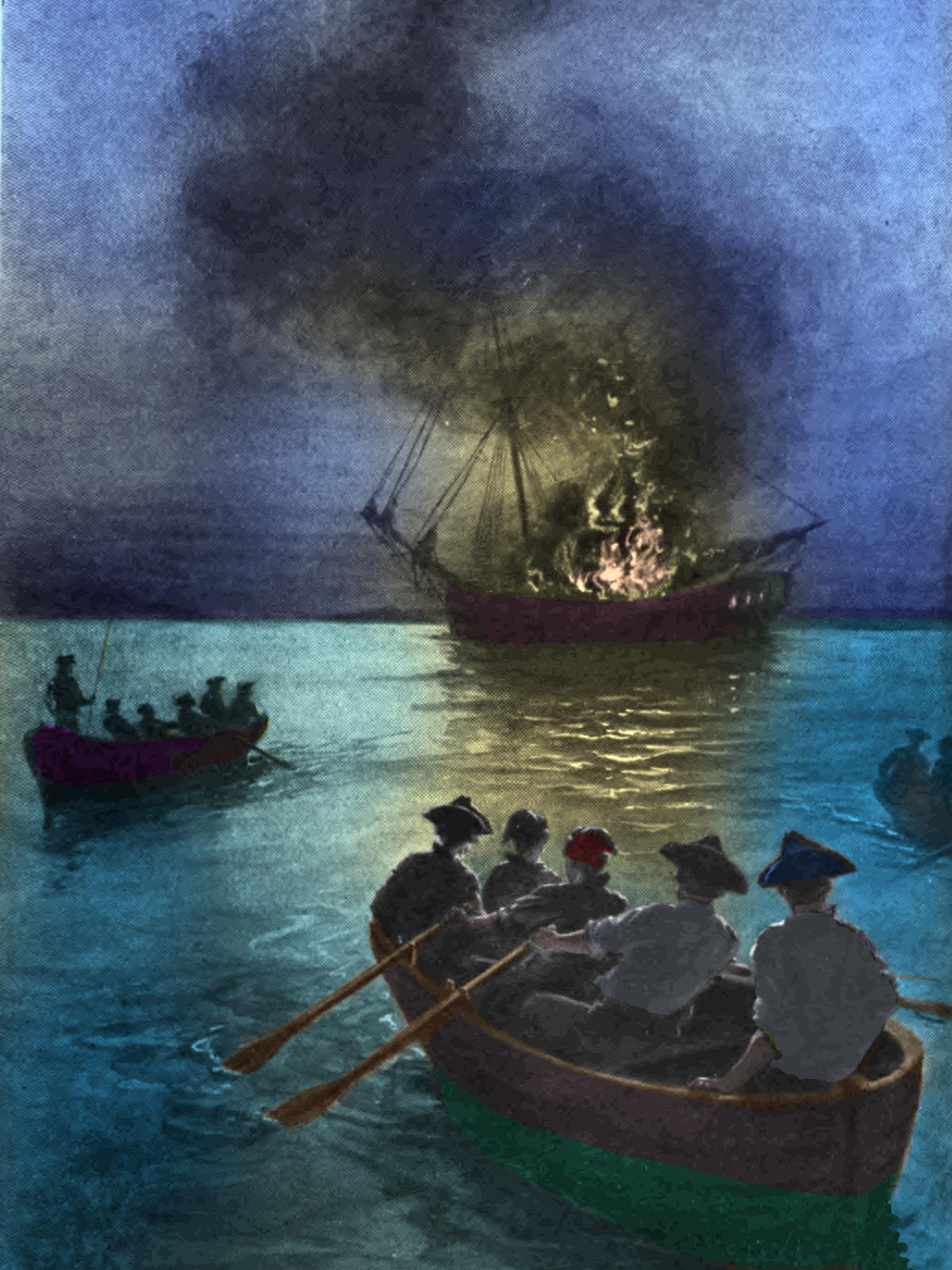When we reflect back at the early period of our naval history, Americans tends to look for battles out on the blue water to mark the beginning of our sea services. John Paul Jones and his battles against HMS Serapis and Drake capture the imagination because of the quotable exclamations of the captain, as well as because of a caricatured Mahanian view of the centrality of big decisive sea battles.
Lost in that search for the Midway or Jutland of the distant past is the fact that many of the most important naval fights of the Revolutionary era occurred instead in the green and brown water of the littorals and were conducted by bands of daring men in small boats. Masked behind his desire for a fast ship and his declaration that he had not yet begun to fight, this includes Paul Jones, whose most important operation strategically may have been the small boat raid he and the crew of the Ranger launched against the harbor of Whitehaven, England.
Yet years before Paul Jones captured the imagination of the press and the American people, the American Revolution started as a maritime and an irregular conflict. Most Americans are well aware of the importance of the Boston Tea Party, and how the December 1773 harbor attack on three ships helped lead down the path to revolution. However, during the Tea Party the British government was only tangentially attacked. The Dartmouth, Eleanor, and Beaver, the ships attacked that night in Boston Harbor, were privately owned. The cargo which was destroyed belonged to the East India Company, which belonged to its stockholders. While the event was surely an attack on the authority of the Crown, it was not an attack on the Crown itself or the Crown’s forces.
What our high school and college history classes fail to tell us, however, is that an attack directly on the Crown’s forces in New England had already happened a year and a half before in the waters of the Rhode Island Colony. It was an event which in any other time and place would have been considered an act of war.
In June 1772 several small boats, full of Rhode Island merchants and watermen armed with ax handles, long knives, and muskets, approached the Royal Navy Schooner Gaspee where she had run aground in the northern reaches of Narragansett Bay. How the Gaspee arrived on that sandbar and the story of the colonists’ attack is the subject of my recent article “An Act of War on the Eve of the Revolution,” in the latest issue of Naval History Magazine.
While the lieutenant governor of the colony rather demurely called it “a very disagreeable affair,” Vice Admiral John Montagu was enraged by the violent assault on a commissioned vessel and crew of His Majesty’s Navy. “The Gaspee Affair,” as it came to be known, was an important but overlooked moment in the history that led to the outbreak of fighting at Lexington and Concord. In the harbor of Boston, and the littorals of the Narragansett, we should not forget that the American Revolution began as a maritime conflict.
To learn more, read CDR Armstrong's article about the Gaspee Affair.



